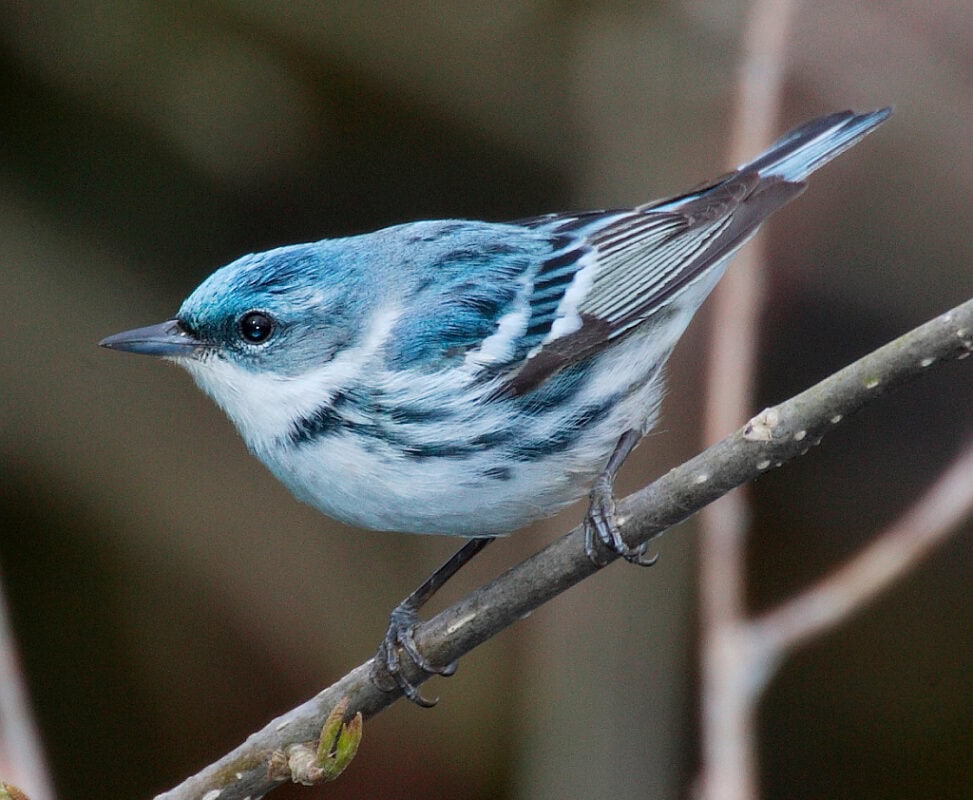Each year, as the wet season winds down in Costa Rica, the air fills with the calls of warblers and thrushes arriving from their northern breeding grounds. From my vantage point here in the heart of our country, where the La Amistad International Park spans our border with Panama, these birds represent more than seasonal visitors. They connect our tropical forests to distant ecosystems, and a recent study underscores just how critical Central America’s remaining large forests are to their survival.
Researchers from the Wildlife Conservation Society and the Cornell Lab of Ornithology, in a paper published in Biological Conservation, identify five key forests stretching from southern Mexico to northern Colombia as essential for migratory birds.
These areas – the Selva Maya in Mexico, Belize and Guatemala; the Moskitia in Honduras and Nicaragua; Indio Maíz-Tortuguero along the Nicaragua-Costa Rica border; La Amistad in Costa Rica and Panama; and the Darién in Panama and Colombia – cover an expanse roughly the size of Virginia. They serve as winter homes and migration routes for species that breed in North America’s eastern forests.
The study draws on millions of observations from the eBird platform, tracking bird movements week by week. It shows these forests host between 10% and nearly 50% of global populations for 40 migratory species.
For instance, over a third of all Kentucky Warblers winter here, along with nearly a quarter of Wood Thrushes and Golden-winged Warblers. The Cerulean Warbler, down more than 70% since 1970, sees over 40% of its population pass through during spring migration.

In Costa Rica, the La Amistad and Indio Maíz-Tortuguero forests stand out. La Amistad, our largest protected area, supports over 600 bird species, including more than 350 migrants from North America. Studies indicate that 75% of western hemisphere migratory birds fly over this region, and local species like the resplendent quetzal share the canopy with visitors such as Scarlet Tanagers and Broad-winged Hawks. The park’s diverse elevations create pathways for altitudinal migrants too, with 65 species shifting ranges seasonally.
The Indio Maíz-Tortuguero corridor, linking Nicaragua’s reserves to Costa Rica’s Tortuguero National Park, acts as a balanced stopover for birds in both fall and spring migrations. Tortuguero alone draws shorebirds and forest dwellers, providing rest amid wetlands and dense canopy. Yet this area faces added pressures from drug trafficking routes, which disrupt habitats and complicate conservation.
Anna Lello-Smith, the study’s lead author and a WCS conservation scientist, points out the direct link: “What happens in Central America affects the birds people enjoy in the United States and Canada. These forests provide food and shelter for more than half the year, allowing species like Magnolia Warblers to return north.”
Viviana Ruiz Gutierrez, co-author and director of Conservation Science at the Cornell Lab, adds that the bird density in these forests is remarkable. Billions funnel through Central America’s narrow isthmus each fall, crowding into these spots. Each protected hectare safeguards far more birds than similar areas elsewhere.
Threats loom large, though. Deforestation has claimed a quarter of these forests in 15 years, driven by illegal cattle ranching. The Moskitia has lost nearly a third in two decades, while Selva Maya suffers similar erosion. In Costa Rica, we see parallels in pressures on La Amistad’s edges, where land conversion for agriculture fragments habitats.
Jeremy Radachowsky, WCS’s Regional Director for Mesoamerica, warns: “If we lose these forests, we lose the birds that shape North America’s eastern woodlands. But support for communities and governments can change that.”
Local initiatives offer hope. Indigenous groups and residents in Costa Rica lead restoration projects, promoting sustainable crops like cacao to reduce clearing. In La Amistad, efforts combat fires and restore degraded zones, while in Tortuguero, community patrols protect nesting sites. The study maps “sister landscapes,” linking these forests to North American regions like the Appalachians and Great Lakes, fostering cross-border partnerships.
Ruiz Gutierrez calls for broader collaboration: “By joining forces across the Americas, we can restore these shared species.”
For Costa Ricans, these forests are not distant concerns. They sustain our biodiversity, draw ecotourists, and support livelihoods. Protecting them means preserving the migratory symphony that echoes through our parks each year. As the study shows, the fate of these birds ties directly to our actions on the ground.






